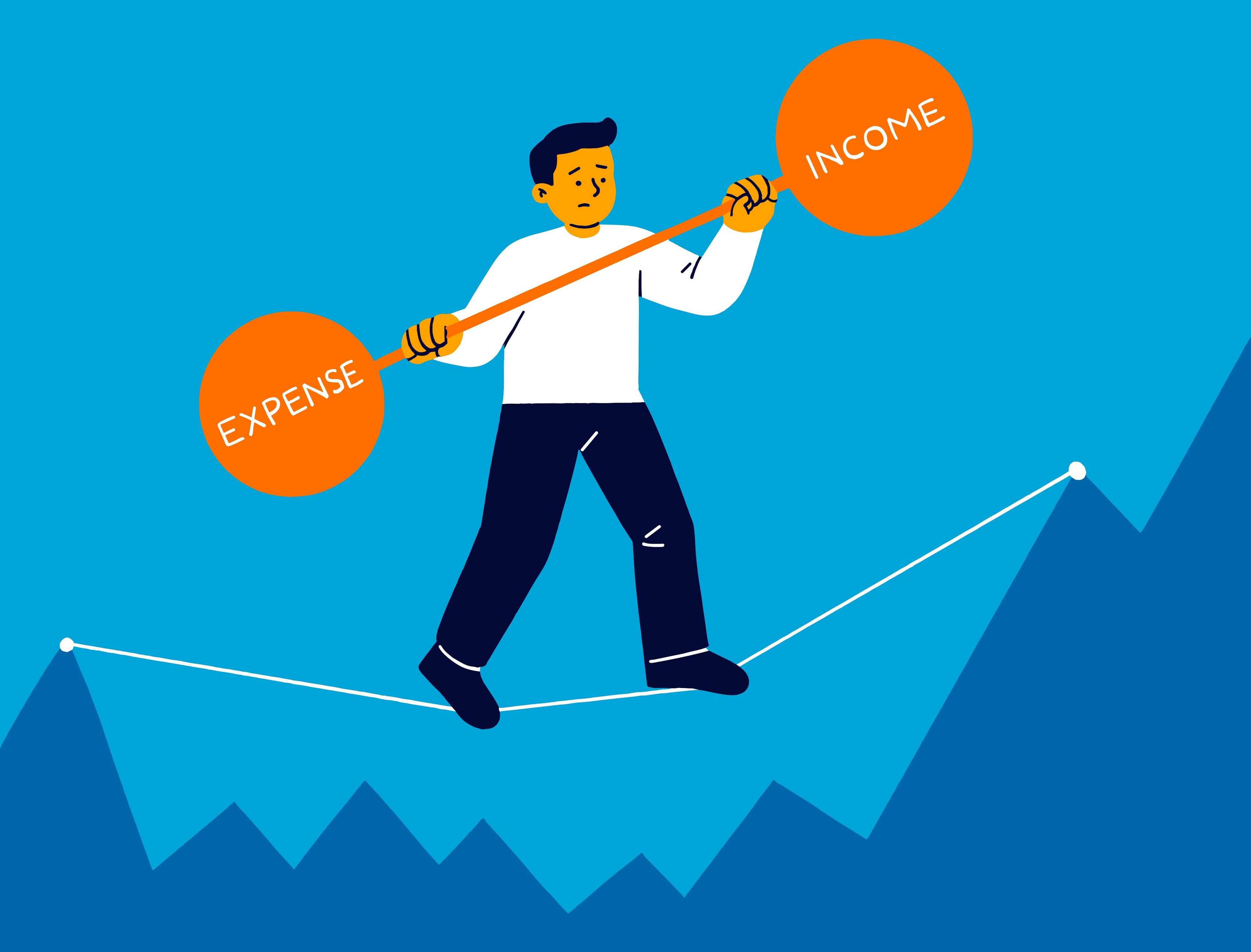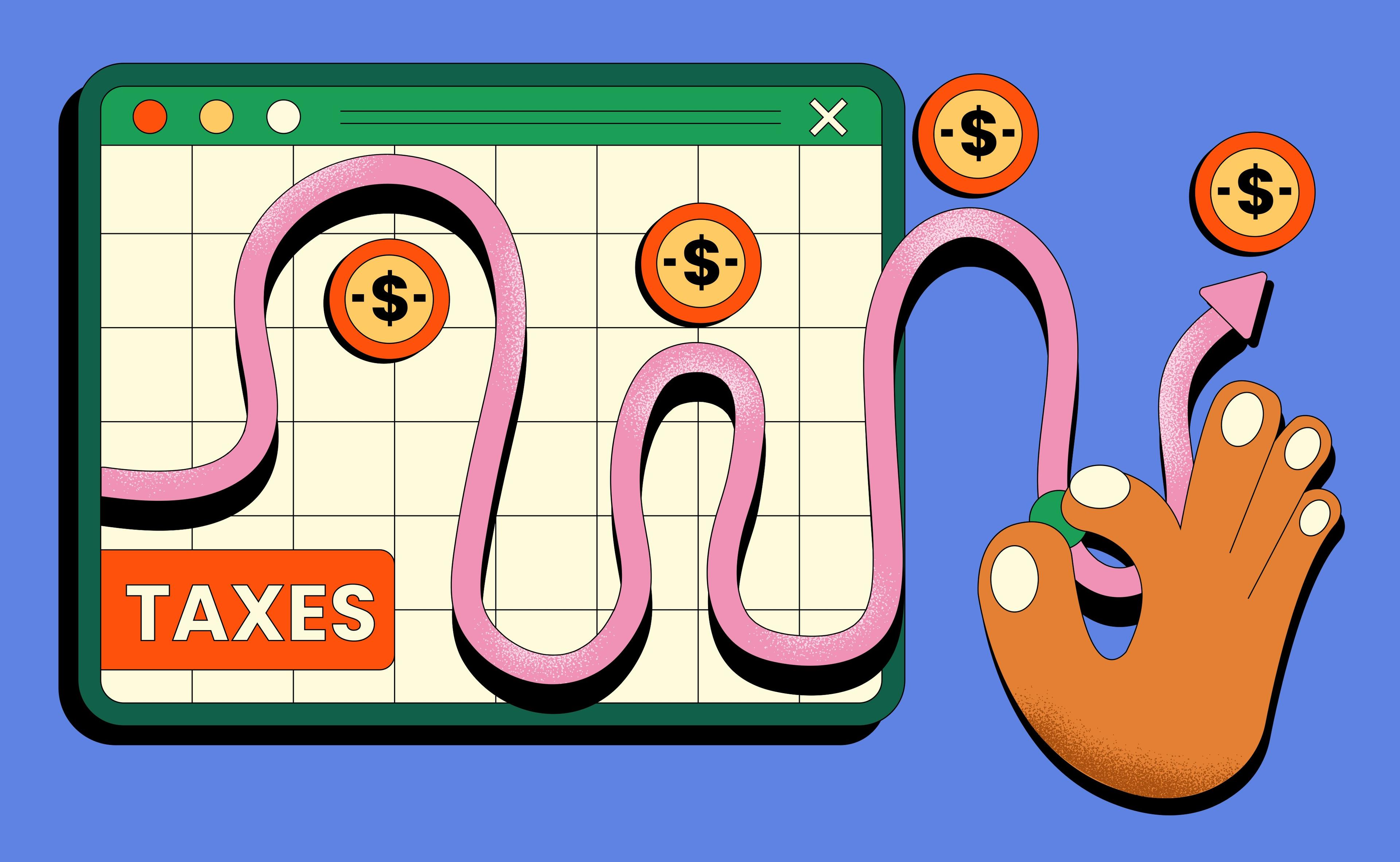If you invest for more than a few months, your portfolio will almost never look the same as when you first set it up. Markets move, certain assets rally, others stall, and without you doing anything, your risk level quietly changes. What began as a balanced plan for long term growth can drift into something far more aggressive or far more conservative than you intended. Learning how to rebalance your portfolio for maximum growth is really about learning how to steer instead of drifting. You are not trying to predict where the market will go next. You are trying to keep your risk and growth pointed at a version of the future that actually fits your life.
A useful way to think about rebalancing is to compare it to cleaning up your camera roll. You do not wipe out all your photos. You just remove the clutter and duplicates so the important moments are easier to find. In a portfolio, you do not tear everything down and rebuild from scratch. You trim what has grown too big, strengthen what has fallen behind, and tidy up the mix so that your money can compound in a more focused way over time.
At the heart of this process is an honest definition of what “maximum growth” means for you personally. It is not the same as chasing the riskiest asset you can find and hoping it skyrockets. For a younger investor with many working years ahead, maximum growth usually involves three ingredients. First, there needs to be enough exposure to growth assets like global stocks, regional stock funds, or strong individual companies. These are the engines that help you outrun inflation and grow your net worth. Second, there must be a stabilizing layer made up of safer holdings such as quality bonds, bond funds, or cash equivalents. These do not look exciting on a chart, but they protect you when the market turns ugly. Third, and most often forgotten, your setup has to be something you can actually live with through volatility. A portfolio that is too aggressive might look powerful on paper, but if it causes panic and impulsive selling during a downturn, it will not deliver maximum growth in real life.
Rebalancing only works when you know what you are rebalancing toward, so the first step is to define a target mix before the chaos of market moves distracts you. For a long term growth investor, a typical mental picture might be something like a large chunk in growth assets and a smaller but real slice in stabilizers. You might decide that roughly 70 to 90 percent of your portfolio will live in stocks or stock based funds, with the exact number depending on your age, your income stability, and your comfort with big swings. The remaining 10 to 30 percent might sit in safer assets like government bonds, bond funds, or relatively stable cash products that are still working for you inside a regulated platform. If you invest in crypto or other highly volatile bets, it helps to treat them as a defined sleeve within the growth section or even as a separate bucket with a strict limit, such as a maximum of 5 percent of your total net worth. The precise percentages do not need to be mathematically perfect, but they do need to be intentional rather than random.
Once you have a target mix, the next step is to compare it to reality. Your broker dashboard or investing app will usually show a pie chart or breakdown of what you own across stocks, bonds, cash, and other categories. Imagine you decided that an 80 percent stock and 20 percent stabilizer mix feels right for your stage of life. After a big bull run, you might log in and discover that stocks now make up 90 percent of your portfolio and stabilizers only 10 percent. On a graph, the difference between 80 and 90 percent might look small, but in cash terms it can be substantial. For a 20,000 dollar portfolio, that extra 10 percent in stocks is 2,000 dollars that are now exposed to equity risk instead of providing balance. In a sharp downturn, that could be the difference between staying calm and feeling desperate. The same logic applies in reverse. After a long slump in stocks or a strong period for bonds and cash, you might find that the safer assets now occupy 30 or 35 percent of your portfolio. That means you are well cushioned, but it also suggests that your long term growth engine is not being used fully. Rebalancing is simply the process of looking at this drift and deciding what trades will bring you back in line with your chosen mix.
To avoid turning this into a guessing game every time markets move, it helps to create clear rules around rebalancing. Without rules, selling and buying can become emotional, driven by fear during crashes or greed during rallies. Two straightforward kinds of rules work well for most everyday investors. The first is time based. You might commit to reviewing and rebalancing once or twice a year, such as every six or twelve months. You can treat it like a regular financial health check, put it in your calendar, and stick to it regardless of headlines. The second is threshold based. Here you decide that if any major asset category drifts more than a certain number of percentage points away from your target, such as 5 or 10 points, you will take action even if your scheduled review is still a few months away. These can be combined into a simple system: you check your portfolio quarterly, but you only execute trades when the drift crosses the threshold you set. This approach helps you avoid constant tinkering while still reacting to meaningful shifts.
If your platform or robo advisor offers automatic rebalancing, it is helpful to understand how it works rather than just ticking the box. Many managed portfolios will automatically buy and sell behind the scenes to keep your mix close to a preset risk level. This can save effort and prevent emotional decisions, but it is still your responsibility to make sure the underlying strategy matches your goals and risk tolerance.
Rebalancing also does not have to be a dramatic event where you sell large portions of your best performing assets. If you are still contributing new money each month, you can often correct most of the drift by directing those fresh contributions more thoughtfully. Suppose your stocks have outrun your bonds and you want to restore balance. Instead of immediately selling your winners, you could funnel all new contributions into bonds and other stabilizers for several months. Over time, this approach nudges your overall mix back toward your target without triggering as many taxable sales if you live in a market where capital gains are taxed. This tactic is especially powerful inside retirement or tax advantaged accounts where you want to keep turnover low and let compounding work with minimal friction.
That said, sometimes new contributions alone are not enough. If the drift is large or markets have moved very sharply, you may still need to sell some assets and buy others. When you do that, taxes and fees become important considerations. In places where capital gains are taxed, selling winners can create a bill even though you are acting prudently. One way to manage this is to prioritize rebalancing within tax sheltered accounts first, where trades do not immediately lead to taxes. That lets you keep your chosen allocation intact while leaving taxable accounts more stable. You should also be aware of brokerage fees and trading spreads. If each trade comes with a flat fee, it is not efficient to rebalance for tiny 1 percent drifts. On modern low cost platforms this is less of an issue, but avoiding constant small trades is still a good habit for long term investors.
In recent years, many younger investors have broadened their idea of a portfolio to include not just traditional funds and stocks but also crypto, speculative tech names, and even private investments. This mix can be exciting but also makes risk harder to grasp. One practical way to handle this is to put all high risk, high volatility holdings into a single mental bucket and cap it at a fixed percentage of your total investments. That might be 5 percent or 10 percent depending on your comfort level. Every time one of these assets surges and that bucket swells to 20 or 25 percent, you have a clear signal that rebalancing is due. Taking profits from that speculative sleeve and moving them into your core holdings is not a sign that you are boring. It is how you make sure a lucky streak turns into lasting progress instead of setting you up for a painful reversal. On the other hand, if that speculative bucket collapses during a crash, you are not obligated to refill it to the same level. Maximum growth does not require you to force yourself back into risks you no longer believe in.
There is also a quieter part of rebalancing that is easy to overlook: the emotional side. A portfolio that is misaligned with your real tolerance for loss can sabotage you. If your holdings are far more aggressive than your personality and circumstances can support, you might feel smart when markets rise but experience intense anxiety when they fall. That anxiety is what often drives people to sell at the worst possible time. A more balanced portfolio will not protect you from all pain in a downturn, but it will usually keep the damage within a range you can handle. That, in turn, is what allows long term compounding to work because the real driver of wealth is the ability to stay invested through several cycles rather than jumping in and out.
One simple way to check whether your allocation is emotionally suitable is to imagine a scenario where your portfolio drops by 20 or 30 percent. If you picture that and know you would still be able to sleep, pay your bills, and avoid panic selling, you are probably within your risk zone. If the thought of that drop makes you feel physically ill, your portfolio might be too aggressive and you may want to tilt slightly more toward stabilizers. You can also ask yourself how you would feel if markets stayed flat for five years. If your current mix is so conservative that such a period would leave you feeling like you made no progress toward your goals, then your growth engine might be too weak.
A natural question is how often all this should happen. There is no universal answer, but some ranges make sense. For a younger person who is still working and adding money regularly, reviewing and possibly rebalancing once or twice a year is usually enough. Markets will swing aggressively, but there is no need to chase every move. The goal is to correct significant drifts, not to fine tune daily. If you are approaching a major life event such as buying a home, taking on a large commitment, or shifting careers, you may want to watch your allocation a bit more closely because your tolerance for big losses changes as key goals come nearer.
Technology can make rebalancing less intimidating. Many modern apps provide clear breakdowns of what you own and sometimes offer rebalancing tools or automatic rules. Robo advisors, for example, build portfolios around a chosen risk profile and then handle the small trades needed to keep that profile intact. Even if you prefer to make your own decisions, features like allocation charts, alerts, and regular email summaries can serve as gentle prompts to review where your money is sitting.
In the end, rebalancing is not a flashy move. It does not produce viral screenshots or overnight success stories. It looks more like regular maintenance, similar to servicing a car or tidying your room. Yet over a decade or two, it is often the quiet habit that separates people who actually build substantial wealth from those who simply chase whatever is popular and hope for the best. Each time you rebalance thoughtfully, you are making a small decision in favor of your future self. You are choosing a structure you can live with, reducing the risk of catastrophic mistakes, and giving your portfolio a better chance to grow steadily. You do not have to think like a professional trader to do this well. You only have to show up, review your mix with clear eyes, and keep gently nudging your money back toward the life you want that portfolio to eventually fund.














